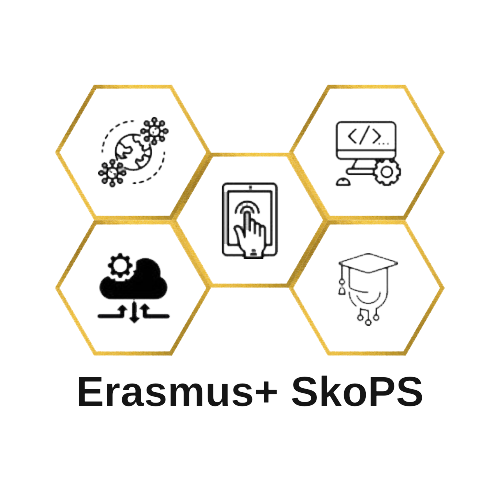Course Description
This module provides the theoretical and practical background for wireless sensor network (WSN) in the Internet of things (IoT). WSN is a significant element in the IoT paradigm. This module is designed to prepare students in the field of computer science to taking up WSN industrial related task. Participating student receive an understanding of Sensing as a component of intelligent wireless systems, the internet of things and its applications, Wireless communication standards, introduction to basic wireless embedded systems, WSN operating systems and routing protocols, Power requirement and compensation techniques for WSN, data handling, and the security considerations for WSN. The primary focus is to bridge the gap between IoT applications/ application development and its implementation on embedded devices for computer science students. The IoT paradigm extends beyond a simple application design; it encompasses the communication systems between nodes, the communicating embedded devices (sensors and nodes), and a data handling unit. In recent technology trends, which foresees a future of industries indulging in the use of IoT and Artificial intelligence to evolve, students with computer science background need an adequate understanding of IoT development.
Intended Module Learning Outcomes and Qualification goals
On completion of this module students should be able to:
Classify real-world IoT design constraints such as engineering decisions that are based on power-constrained hardware.
Explore Object-oriented programming concept in creating a design for programming WSN – IoT application.
Implement ad hoc wireless network services and understand the implications of
networking design choice on overall system performance and reliability;
- Critically evaluate a WSN-IoT application.
The fulfillment of the learning outcome will be through lectures and virtual lab sessions. The lab session shall provide a hands-on understanding of IoT operations and its WSN components. Several examples of IoT will be brought forth during lectures, and their design explained.
